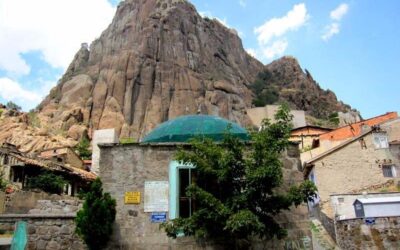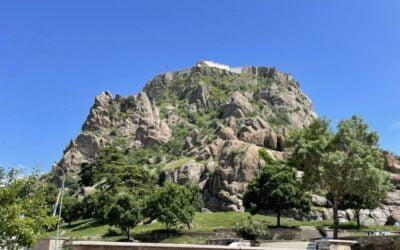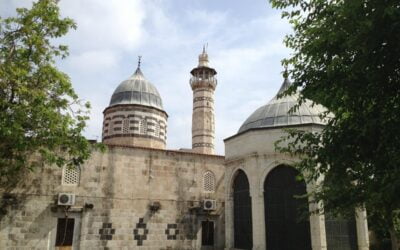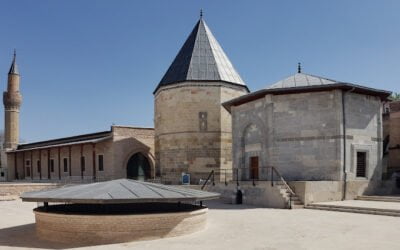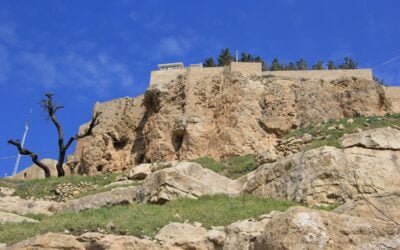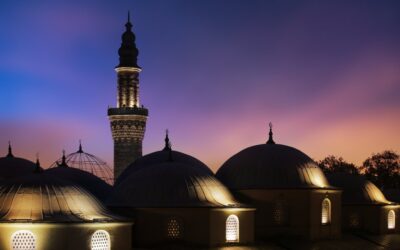Suleymaniye Mosque
- The Süleymaniye sits on one of Istanbul’s seven hills and overlooks the Golden Horn, making it a landmark for the whole city. While it’s not the biggest Ottoman Musjid, it’s definitely one of the grandest and most beautiful. What’s unique about it is that many of its original külliye (Musjid complex) buildings have been kept and adapted for different uses.
- Built by Süleyman I, also known as ‘the Magnificent’, the Süleymaniye was the fourth imperial Musjid constructed in Istanbul. It’s said that the Musjid’s four minarets, each with 10 lovely şerefes (balconies), represent Süleyman being the fourth sultan of the Ottoman Empire to rule the city and the 10th sultan overall. Mimar Sinan, the most famous and skilled of all imperial architects, designed the Musjid and its surrounding buildings. Construction took place between 1550 and 1557.
- Inside, the Musjid is stunning in its size and simplicity. Sinan cleverly incorporated the four buttresses into the walls, making the building feel open and airy, similar to Aya Sofya. The mihrab, covered in fine İznik tiles, and other decorations like window shutters with mother-of-pearl inlays, stained-glass windows, and painted muqarnas, add to its beauty.
- Süleyman wanted his Musjid complex to have various facilities like an imaret (soup kitchen), medrese (seminary), hamam (bathhouse), and darüşşifa (hospital). These are located near the Musjid, and the entrance is from Professor Sıddık Sami Onar Caddesi. There’s also the Süleymaniye Hamamı on the eastern side of the Musjid.
- Near the Musjid’s main entrance is the cemetery, where Süleyman and his wife Haseki Hürrem Sultan (Roxelana) are buried. The tile work and ivory-inlaid panels in Süleyman’s tomb are particularly beautiful.
- The streets around the Musjid have many Ottoman timber houses, some of which are being restored as part of a city renewal project.

